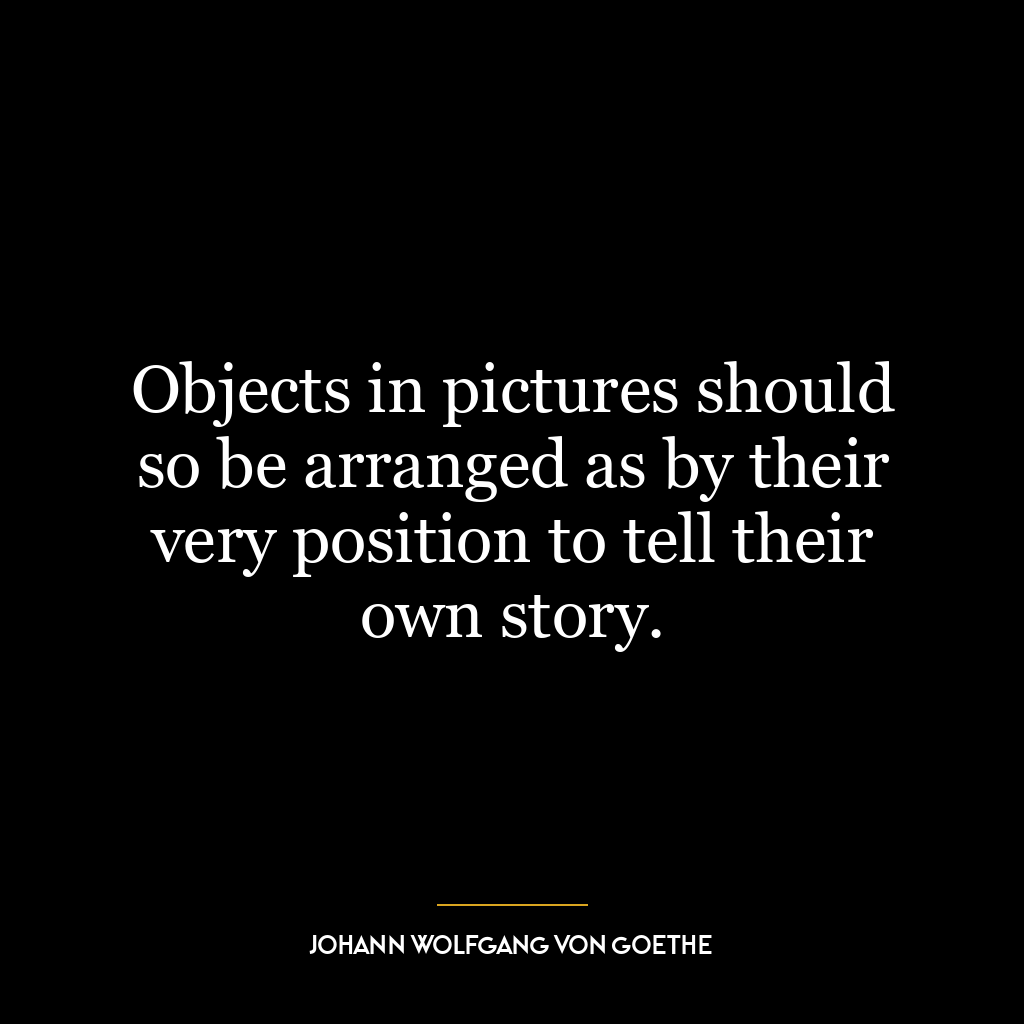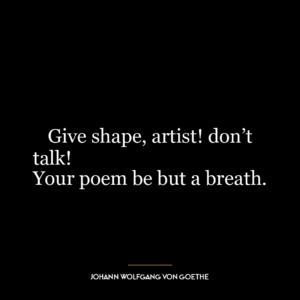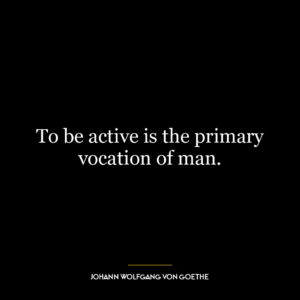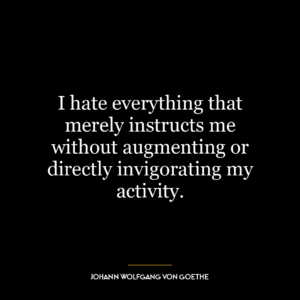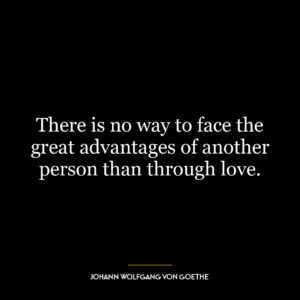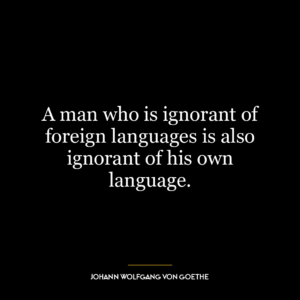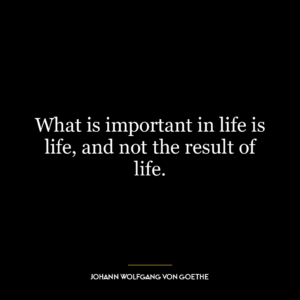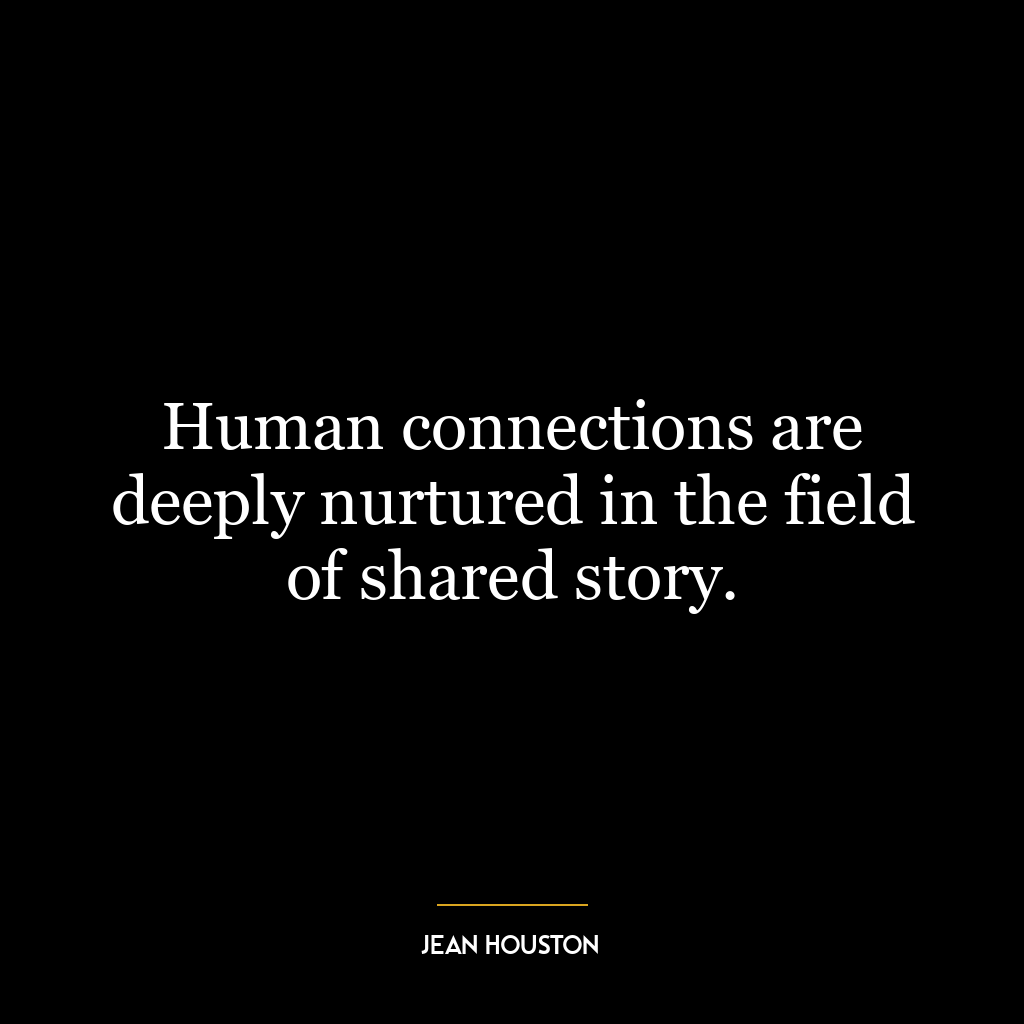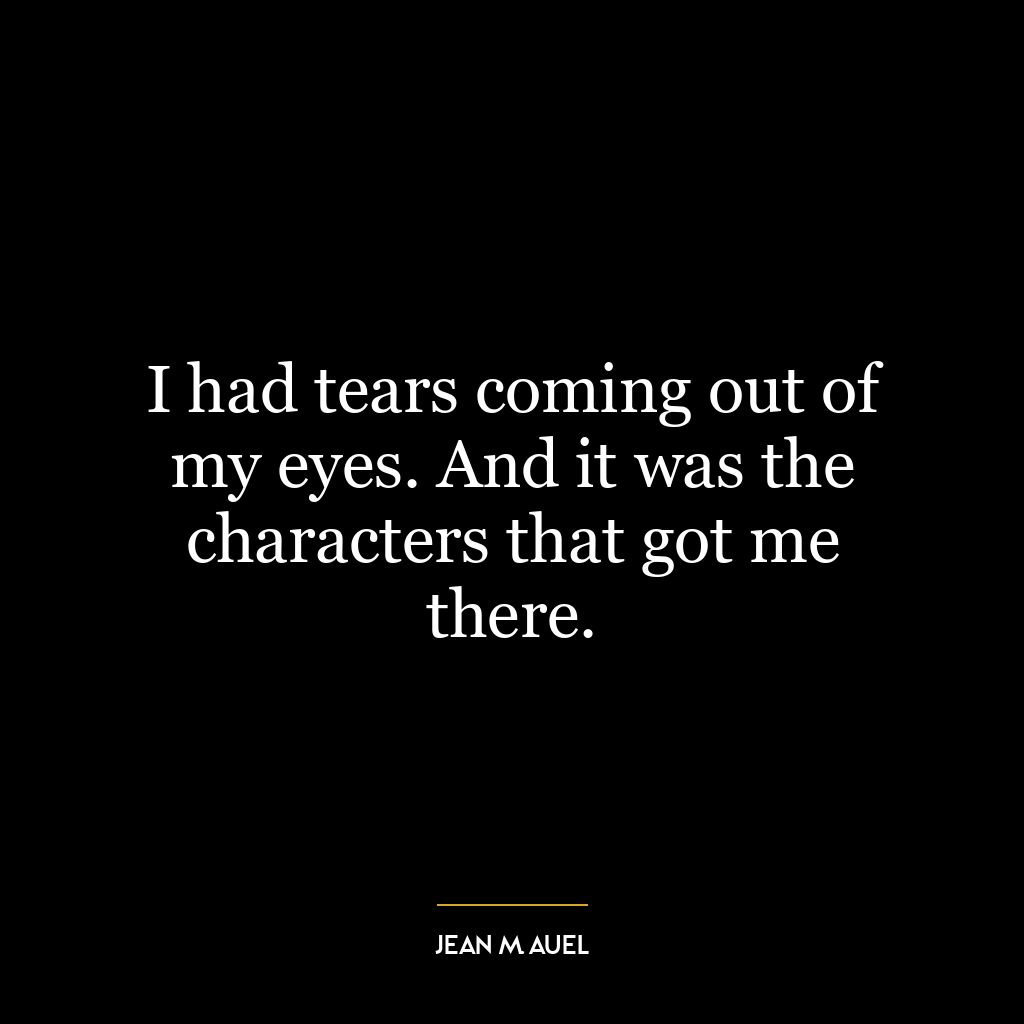This quote essentially emphasizes the importance of placement and arrangement in storytelling, particularly in visual mediums such as photography, painting, or even film. It suggests that the positioning of objects within a frame has the power to narrate a story or convey a message. The way objects are arranged can evoke emotions, indicate relationships, suggest movement, or hint at underlying themes.
For instance, a photograph of a cluttered room can tell a story of chaos and disarray, while a picture of a lone tree in a vast field might convey solitude or resilience. The objects don’t necessarily need to be explained or described – their very position should be enough to tell their story.
In today’s world, this concept is incredibly relevant. In the era of social media, visual storytelling has become a crucial part of communication. Whether it’s arranging a flat lay for Instagram, composing a shot for a film, or designing a webpage, the way objects are arranged can greatly impact the message or impression that is conveyed to the viewer.
In terms of personal development, this quote can be interpreted as a reminder of the importance of our own ‘position’ in life – our actions, attitudes, and choices. Just like objects in a picture, we too tell our own story by where we place ourselves. This could mean aligning ourselves with certain beliefs, surrounding ourselves with certain people, or positioning ourselves in certain environments. Our ‘position’ can tell a story about our values, our ambitions, and our character – often without the need for words.
Furthermore, understanding the power of positioning can also help us to better interpret and understand the world around us. Just as a photographer might carefully arrange objects to tell a story, we can learn to ‘read’ the arrangements and positions in our own lives – to understand the underlying stories, messages, or themes. This can lead to deeper insights and a more nuanced understanding of our own life’s narrative.

